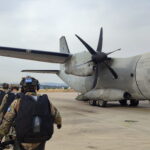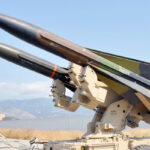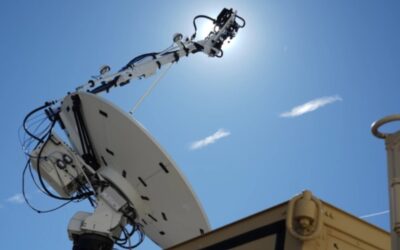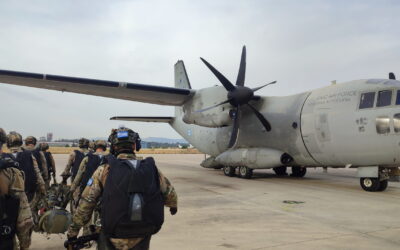The US Space Force has unveiled its new Remote Modular Terminal (RMT) weapon system. The system has completed its…
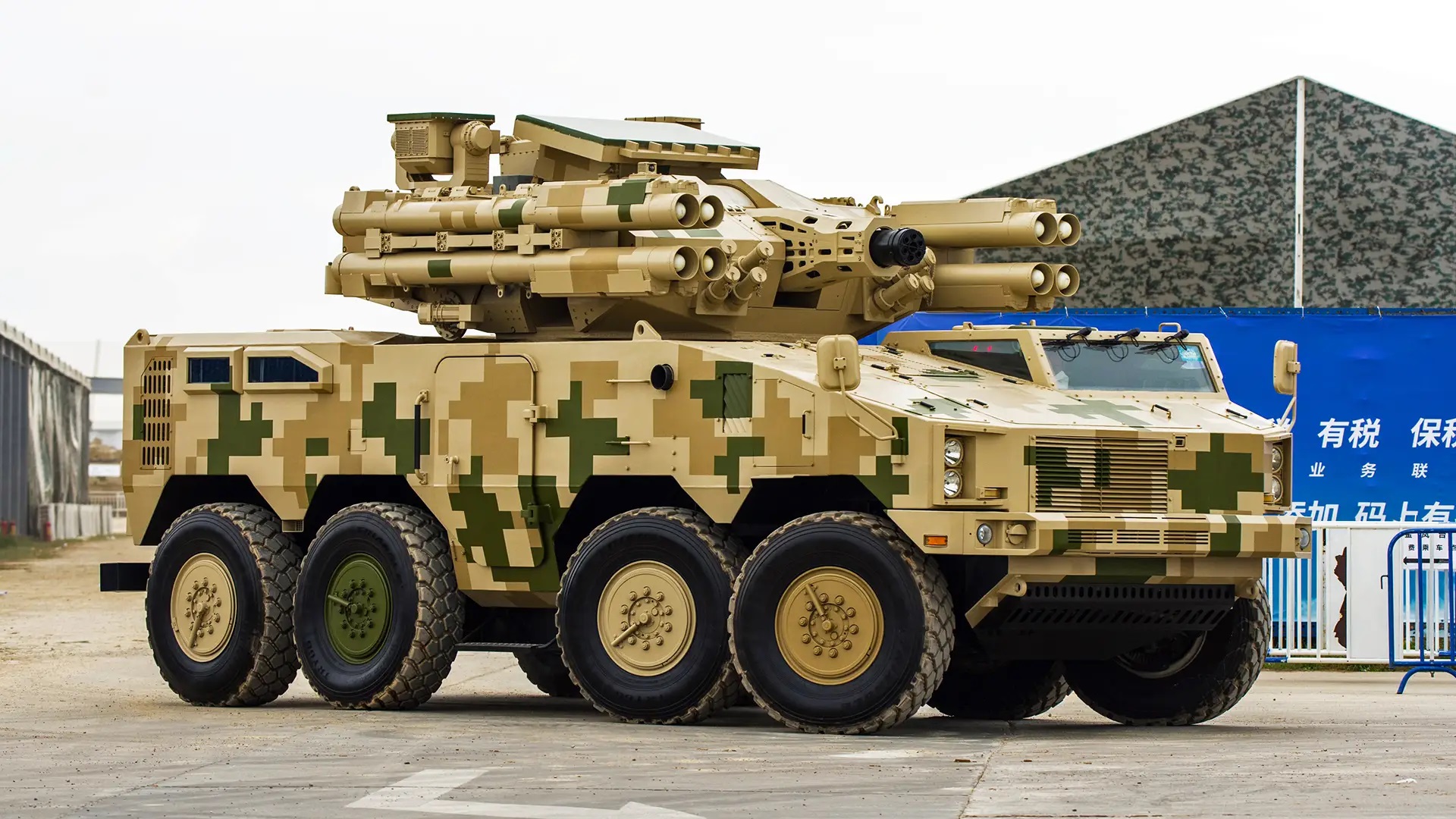
China’s People’s Liberation Army (PLA) is focusing on strengthening its air defences against tactical unmanned aerial systems, according to a new Pentagon report.
The threats Beijing is considering are loitering munitions, also known as “kamikaze drones”, and other small UASs, which have been prominently witnessed on battlefields in Ukraine and around the world, including the USA.
“The PLA’s air defence units in 2022 focused on improving air defence against low-altitude and slow threats such as unmanned aerial vehicles (UASs) and surface-to-air munitions to address evolving air defence requirements,” the Pentagon’s latest annual report on Chinese military capabilities, which was made public last Thursday.
“Hybrid self-propelled air defence systems, artillery, small electronic warfare (EW) systems as well as man-portable anti-aircraft missiles (MANPADS) are at the core of the PLA’s evolving solutions to counter tactical UASs.”
Also read: Northrop Grumman | CBAD – Multilayered air defence with new-generation anti-aircraft projectiles
As an example of the development of Chinese technology to counter low-altitude air threats, the Pentagon report noted that the PLA’s combined arms brigades are being equipped with platforms featuring six-barreled 25 or 30mm Gatling guns, which can use programmable Airburst munitions and carry four FN-16 man-portable anti-aircraft missiles mounted on the turret.
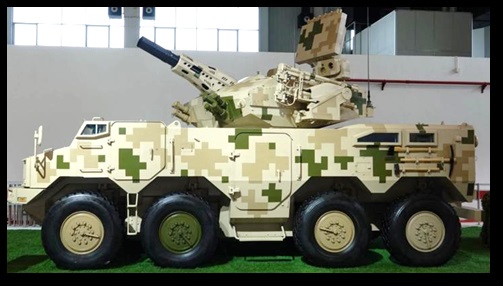 Chinese air defence system CS/SA5 with a six-barreled 30 mm gun (Gatling Gun) ©Sino Defense.
Chinese air defence system CS/SA5 with a six-barreled 30 mm gun (Gatling Gun) ©Sino Defense.
In addition to self-propelled systems designed to counter threats using anti-aircraft cannons and/or missiles, the Chinese military is also developing electronic warfare tools that could potentially intercept these threats.
During 2022, the PLA continued to emphasize the fielding and application of modern EW capabilities designed to maximize combat effectiveness by detecting and jamming/disrupting enemy communications, command and control (C3) as well as the use of tactical intelligence, surveillance and reconnaissance (ISR).
Also read: MBDA | SPEAR – EW moves to the next stage
Alongside the field of electronic warfare (EW) capabilities of the combined arms brigade, PLA air defence forces have rapidly developed new electronic attack capabilities that will complement conventional air defence and support the anti-access/area denial (A2AD) mission across China, according to the Pentagon report.
The Chinese military is not the only one trying to improve its defences against tactical UASs. The US Department of Defence is also concerned about these types of threats and is developing new tools.
Washington has also provided a number of anti-drone weapons to Ukraine to help it counter Russian attacks.
At the same time, both China and the US are trying to modernize their drone fleets. However, advanced small UASs are increasingly appearing in both military and civilian applications, with Chinese industry remaining a key exporter of UASs and components of all sizes,” according to the Pentagon report.
Beijing has also made leaps and bounds in the past 3 years, introducing the Xianglong drones and the hypersonic WZ-8 UASs as well as the GJ-11 stealth drone.
“In these concepts, Chinese developers are demonstrating an interest in additional growth beyond ISR and EW into both air-to-air and air-toground combat, with a substantial amount of development displaying efforts to produce swarming capability for operational applications”
With information from: DefenseScoop
READ MORE
ASCANIO | Made-in-Cyprus Mixed Reality training
https://defenceredefined.com.cy/ascanio-made-in-cyprus-mixed-reality-training/Technology is advancing at an accelerated pace and so do the training requirements of those holding high-risk positions.
IWI | Introduces Micro Folding Battle Sights to enhance Co-Witness capabilities
IWI (Israel Weapon Industries), a member of the SK Group, has unveiled its new Micro Folding Battle Sights (MFBS).
HNDGS | Bilateral joint training between Greece and Poland – Photos
The bilateral joint training between the Armed Forces of Greece and Poland, in the wider area of Attica, was completed on Thursday…
Sielman | Contract for support of the HAWK anti-aircraft system
The US Department of Defence has awarded a $49.9 million contract modification to Greek company Sielman S.A. to provide diagnostic and…
Hellenic Entrepreneurs Association | Ideas & Positions for the Promotion of Greek Entrepreneurship
The members of the Hellenic Entrepreneurs Association (E.E.N.E.) participated in a roundtable discussion entitled “Ideas, Positions…
Ukraine | Increase in defence spending by 367 million euros for the acquisition of drones
Kiev is increasing spending by 15.5 billion hryvnias (367 million euros) to bolster Ukraine’s armed forces with drones, according to…
HMoND | The legislative initiative for HCDI is under consultation
The legislative initiative of the Ministry of National Defence, under the title: “Establishment of the Hellenic Center for Defence…
Russia | Cluster bombs hit residential area in Odessa
Images from Russia’s strike in the heart of Odessa, which hit the so-called “Harry Potter Castle”, a former politician’s mansion now…








